The warm days of summer are highly valued by naturalists and outdoor enthusiasts in the Great Lakes Region – some perks include warm hiking days, peaceful canoe outings, observing Ontario’s vast selection of migratory birds, and for botanists, ample opportunity for plant-identification. After fall’s vibrant colors, the lack of plant growth in winter makes identification difficult if not impossible (trees and shrubs being the notable exception). However, one group of plants actually become more conspicuous in winter – evergreens. While evergreen coniferous trees like pine and spruce are well-known, in this article, I will discuss a more poorly-known, but highly visible group of evergreen ground-cover plants, the wintergreens.
All wintergreens are part of the Heath family, Ericeae, which also includes Blueberries (Vaccinium sp.), Huckleberries (Gaylussacia sp.) and Rhododendrons, such as Labrador Tea (Rhododendron groenlandicum). Wintergreens are evergreen plants, as their name suggests. Plants commonly known as “wintergreens” are divided into 4 genuses – Gaultheria (Teaberries), Chimaphilia (2 species, including Pipsissewa), Pyrola, and Orthilia. All of these species can be found in the Couchiching region, omitting Striped Wintergreen, which is a southerly species found only around Lake Erie. This article will also describe other two species similar to wintergreens – Bearberry (Arctostaphylos uva-ursi) and Trailing-Arbutus (Epigaea repens)
Wintergreens and Bearberry are especially visible to hikers in the early spring, when the winter snowpack melts down to only a few inches, revealing dark green foliage, which strongly contrasts with the snow.
Please note that this article discusses some herbal/medicinal uses of wintergreens, but we do not allow foraging on our Nature Reserves.
Eastern Teaberry (Gaultheria procumbens)
Eastern Teaberry is one of the more common species of wintergreens. It occurs in a variety of moist forest types, but is most commonly observed in sandy soils under a canopy of Oak (Quercus sp.) or Pine (Pinus sp.). Each plant bears oval, serrated leaves (measuring 4 cm long), which can be utilized as an herbal tea. White flowers occur on the underside of the plant in July, with red, edible fruits appearing by mid-September. Fruits often persist on the plant through midwinter. Eastern Teaberries are often found in clusters, as they spread through root suckering. Extract from Teaberries is often utilized as an essential oil. The total plant height of Eastern Teaberry is usually around 15cm.

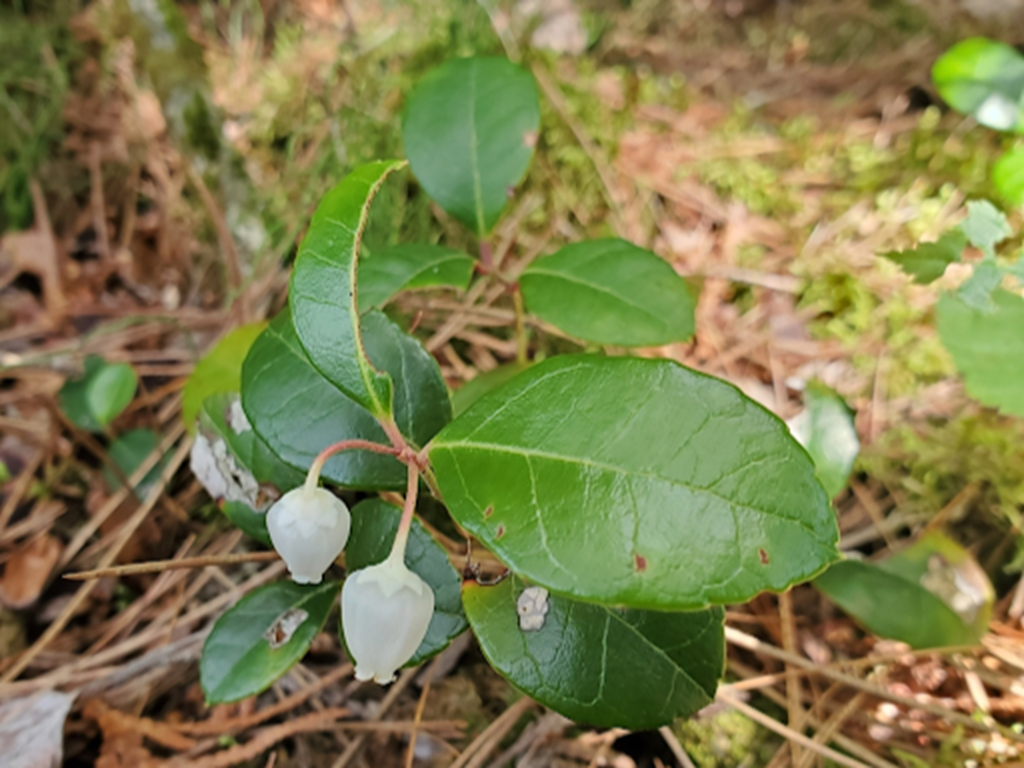
Creeping Snowberry (Gaultheria hispidula)
Creeping Snowberry is much less conspicuous than Eastern Teaberry, having small leaves that only reach 1 cm long. Creeping Snowberry prefers acidic, moist to wet areas, such as bogs and other moss-covered areas. Small oval white fruits (1.5 cm in length) appear in September or October. Creeping Snowberry seldom grows more than 5 cm tall, but the stems can spread 1m or more from the base of the plant.
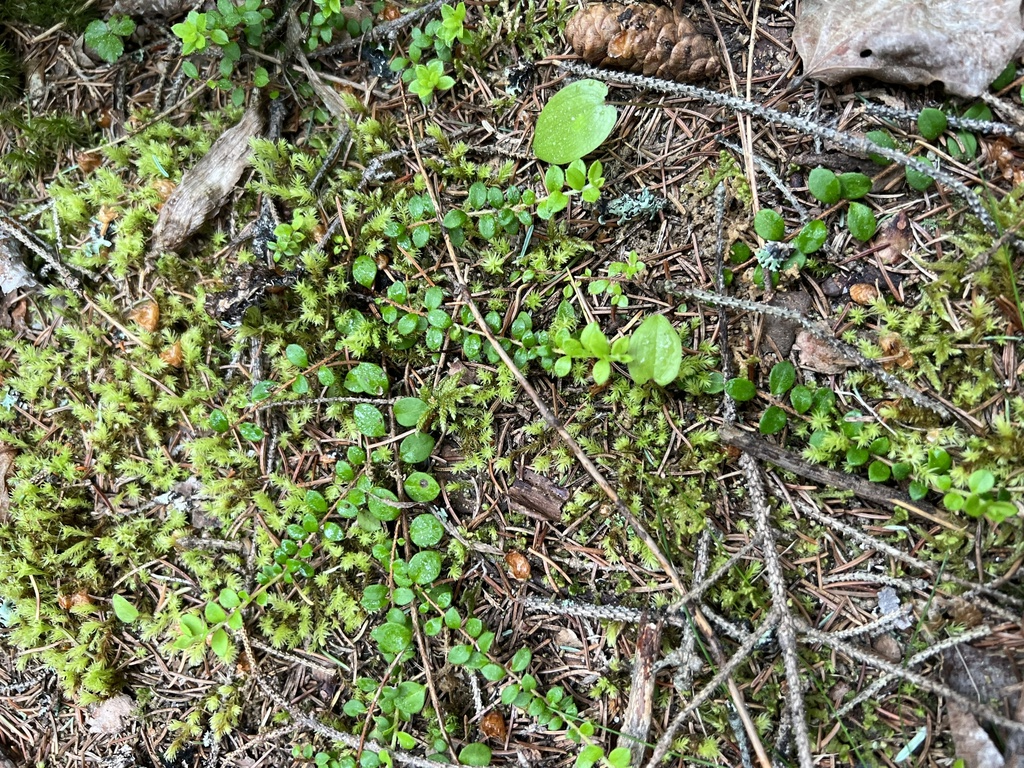
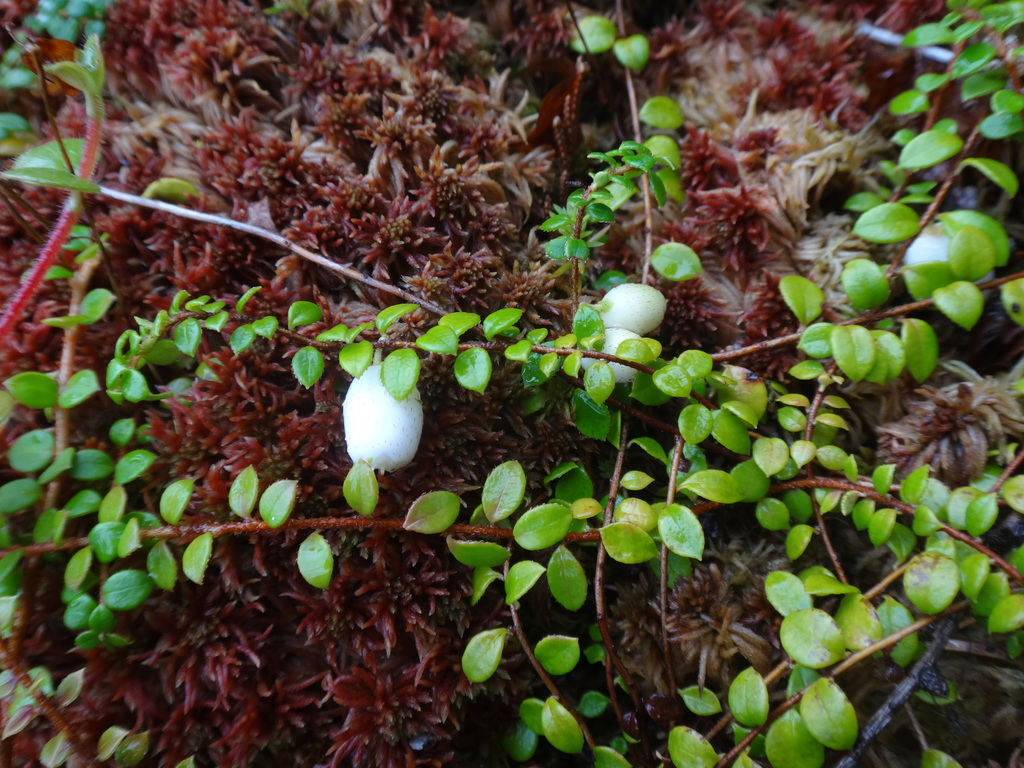
Pipsissewa (Chimaphila umbellata)
Pipsissewa is another common wintergreen in the Couchiching region. Similarly to Eastern Teaberry, Pipsissewa prefers dry-mesic forest types dominated by sandy soils. It can be distinguished from Eastern Teaberry by its foliage, which is typically more elongated, measuring up to 6 cm in length. The foliage tends to form a whorl around a central node, and is serrated (toothed) towards the tip of each leaf. The pink flowers of Pipsissewa appear in June. The flowers appear in clusters of 3-8, at the top of the plant, and typically point downward. In the autumn, Pipsissewa forms a capsule rather than a fleshy berry in Teaberries and Bearberries. The leaves of Pipsissewa can also be utilized as an herbal tea. Plants grow to 25 cm (including the flowering stalk).
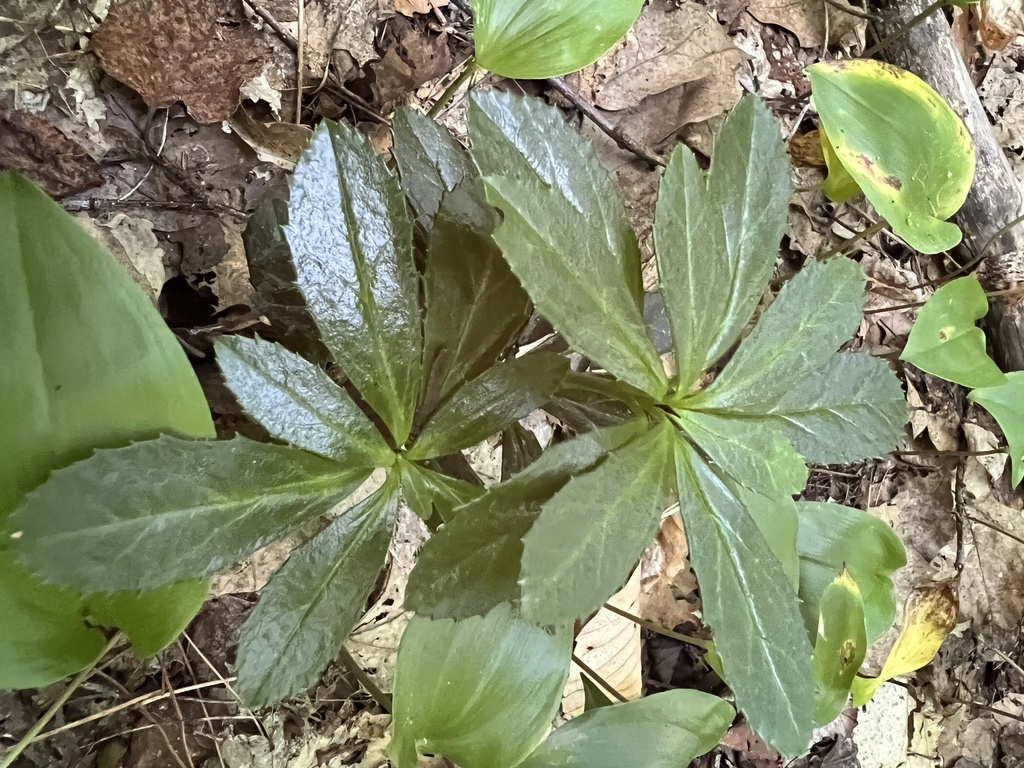
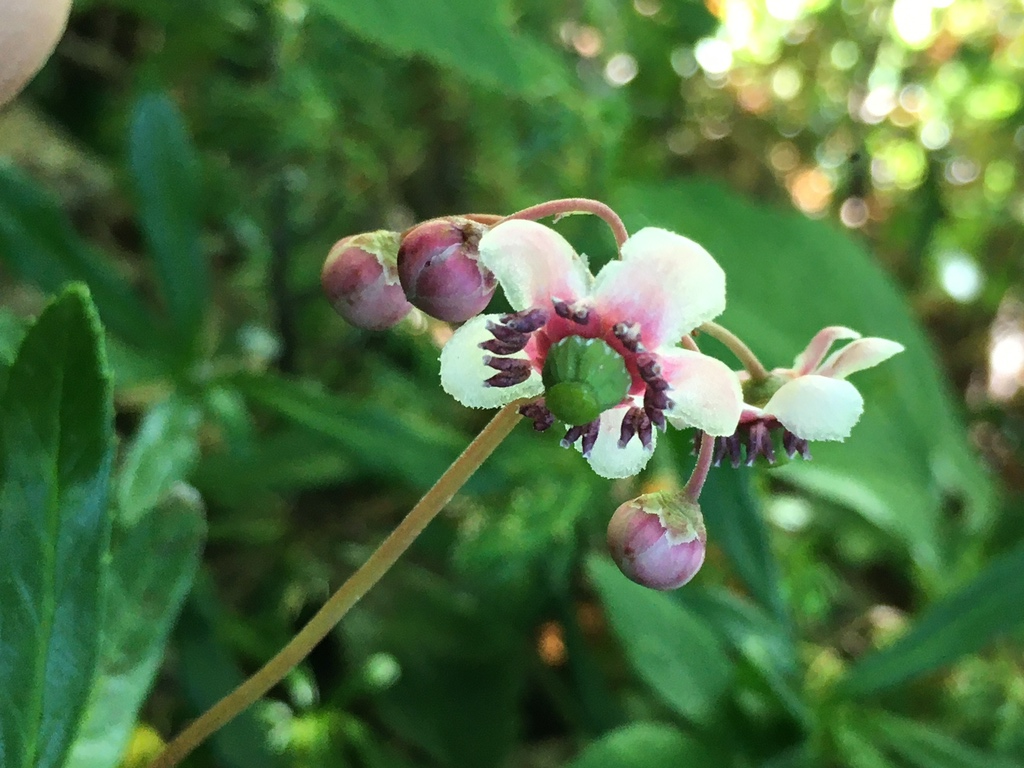
Striped Wintergreen (Chimaphila maculata)
Striped Wintergreen, also known as Spotted Wintergreen or Striped Pipsissewa, is the most southerly of Ontario’s wintergreen species, occurring only in Norfolk County and the surrounding area near Lake Erie. Like Pipsissewa, Striped Wintergreen prefers dry mesic forests dominated by Oaks or Pines. The species is easily identifiable by its variegated foliage – each leaf has a distinctive white stripe from the base to the tip.

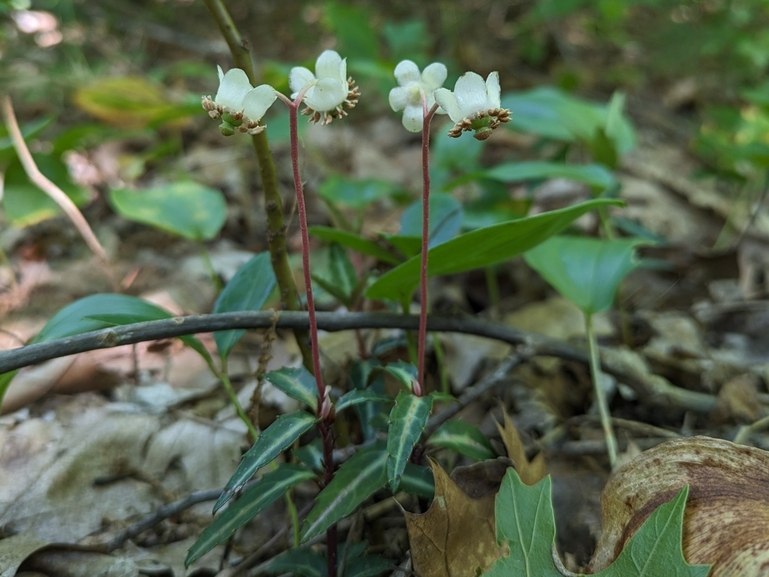
Shinleaf (Pyrola elliptica)
Shinleaf is an abundant species of plant, but unlike other common wintergreens (Eastern Teaberry and Pipsissewa), habitat requirements differ substantially. Shinleaf prefers rich soils and moist mesic forest types, including those dominated by Sugar Maple (Acer saccharum). The leaves are elliptical in shape, and typically form a whorl around a central node. It can be distinguished from Pipsissewa by the location of the central node, which is on the ground (elevated on the main stem in Pipsissewa). Shinleaf is the most common species in its genus, Pyrola. The total plant height is around 25cm, including the flowers.
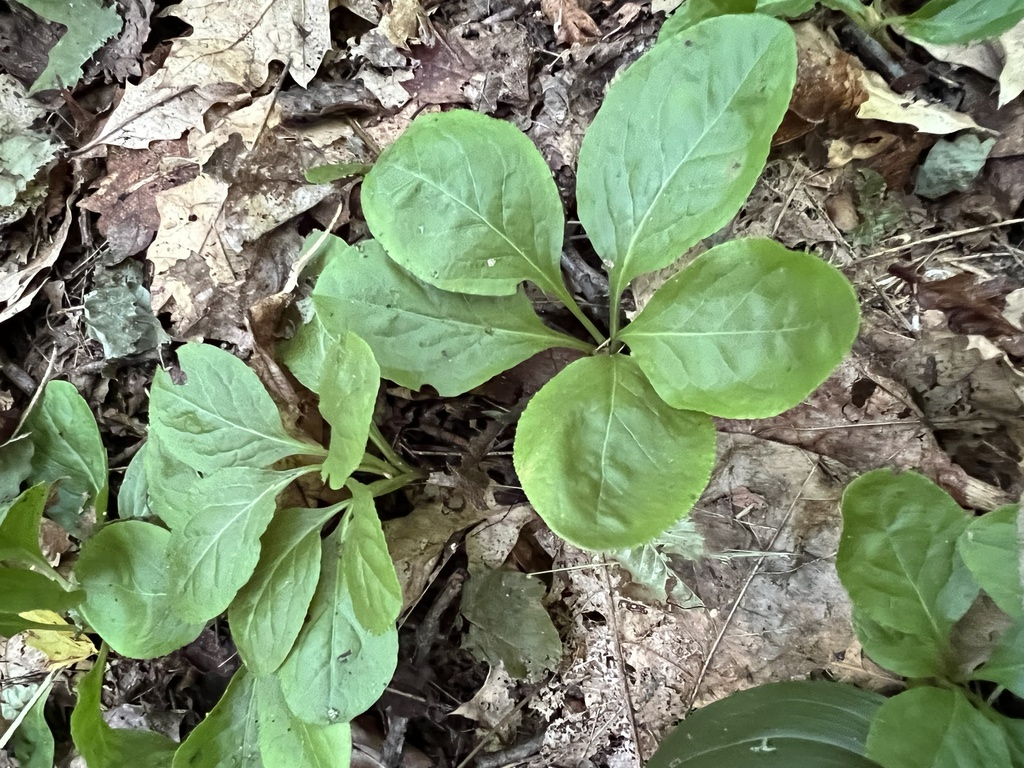
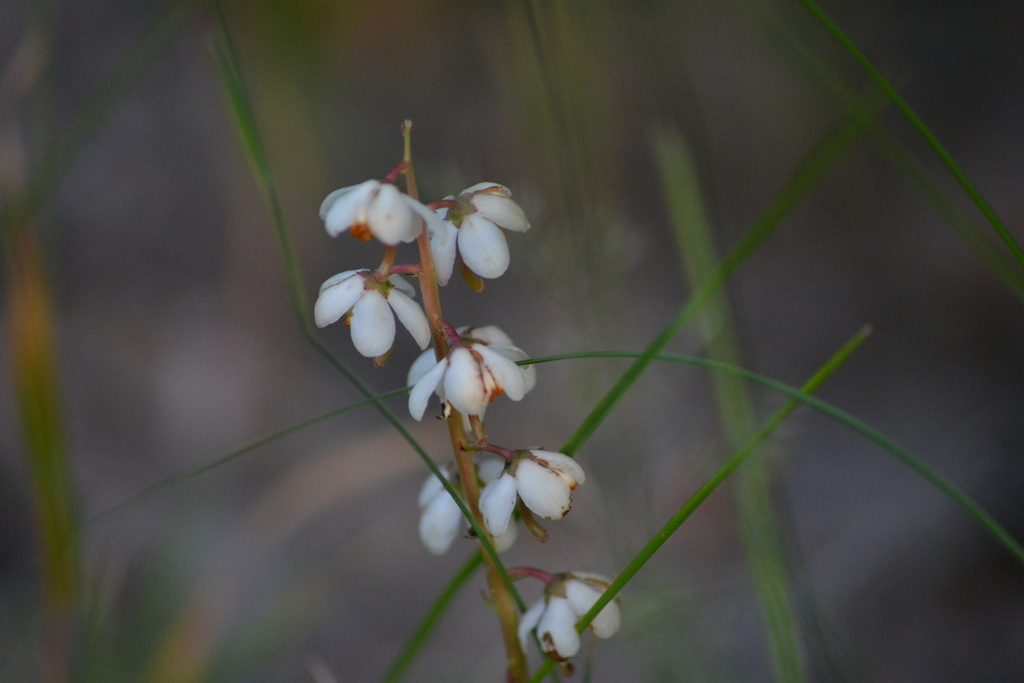
Bog Wintergreen (Pyrola asarifolia)
Bog Wintergreen is similar in appearance to Shinleaf, but there are a few important differences between the two species. The flowers of Bog Wintergreen are pink, as opposed to white or green in other Pyrola species. Though both species have elliptical leaves, the leaves of Bog Wintergreen are more heart-shaped. Bog wintergreen prefers wet or waterlogged environments, such as fens and bogs. This species is around the same height as other Pyrola species.
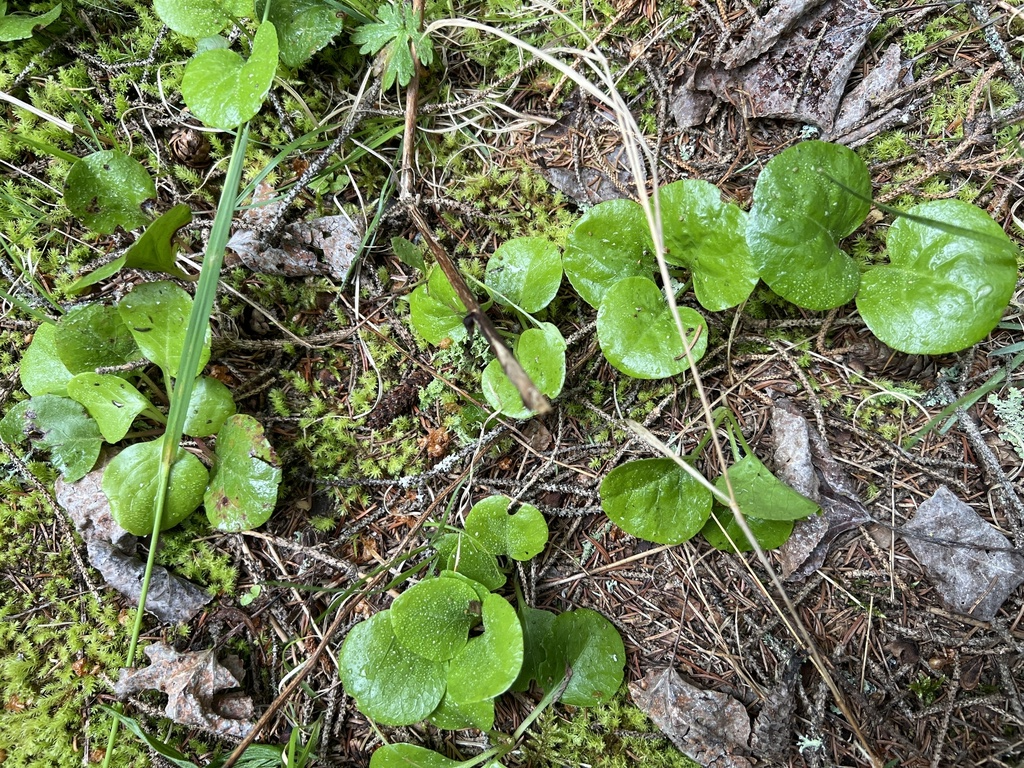

American Wintergreen (Pyrola americana)
American Wintergreen is similar to Shinleaf in growth form and flower, but not as common. It differs from Shinleaf by having more rounded leaves (more oval-shaped / elliptical in Shinleaf). The pale leaf veins may also be visible in some specimens. The flowers are white, appearing in July similarly to the other Pyrola species.
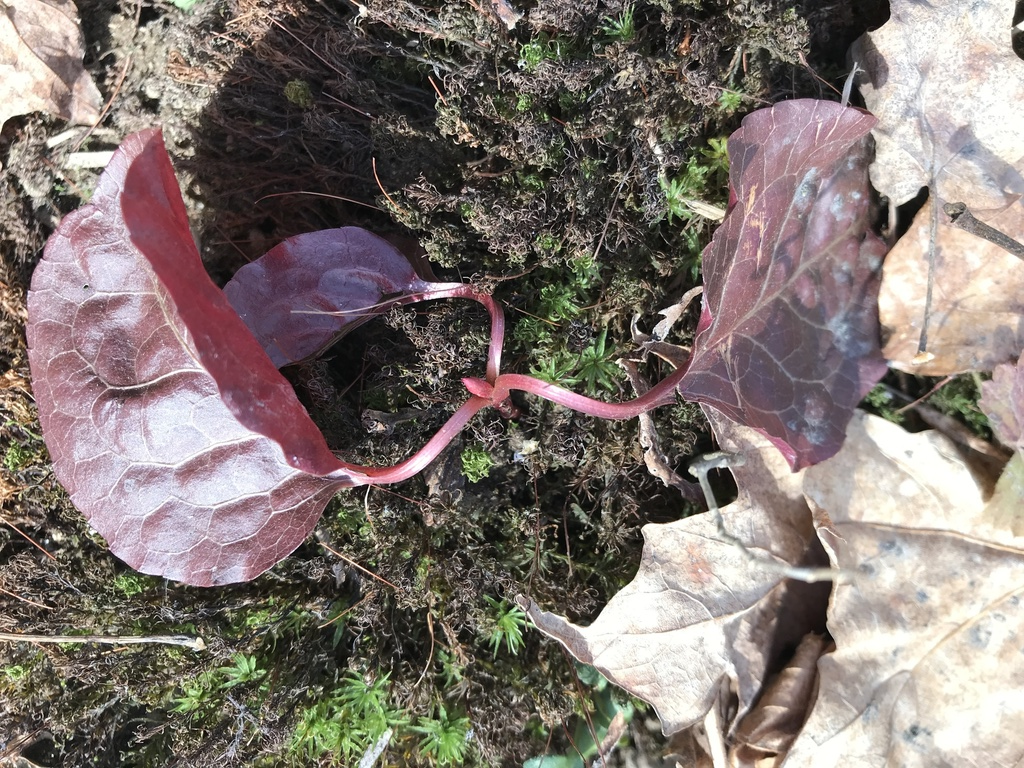
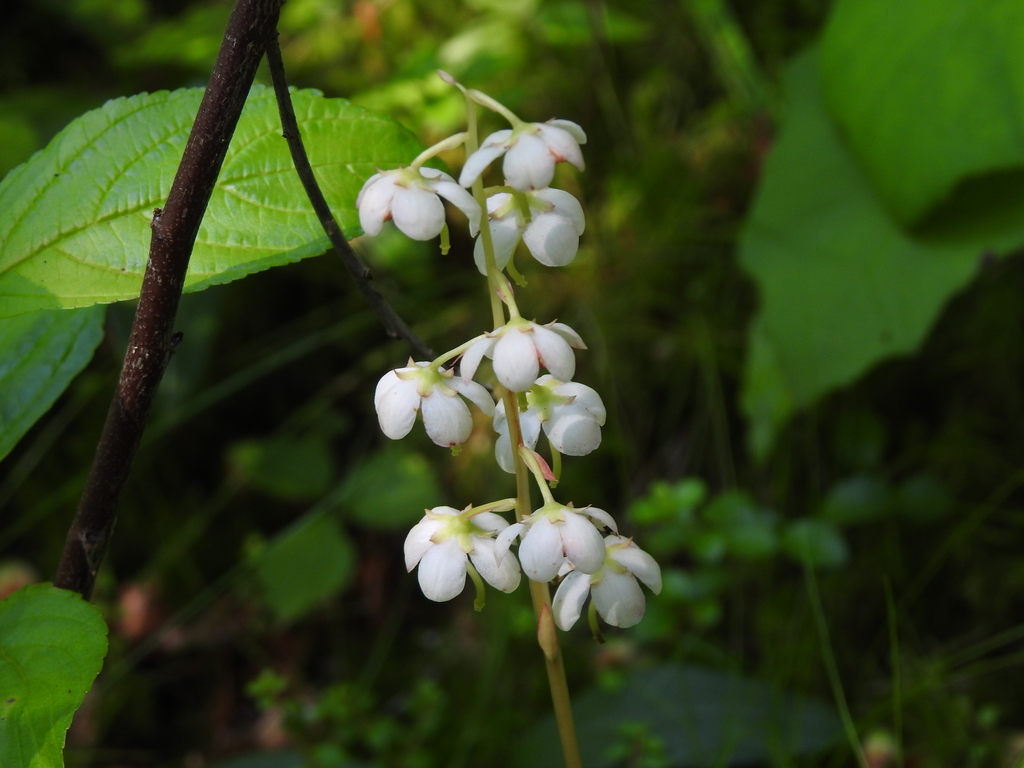
Green-flowered Wintergreen (Pyrola chlorantha)
Green-flowered wintergreen can be distinguished from the other wintergreens by its flower color, which is pale-green, rather than white (or pink as in Bog Wintergreen). Its other morphological features are very similar to American Wintergreen. The leaves show prominent veining, though there are fewer leaf veins in Green-flowered Wintergreen than American Wintergreen.
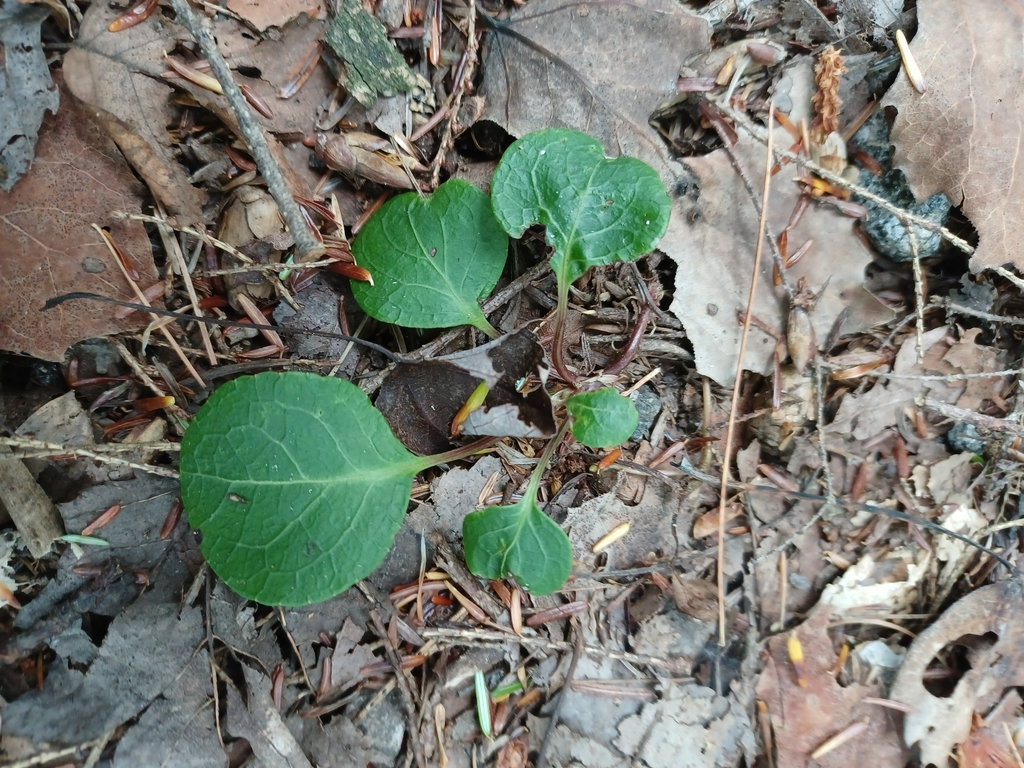

One-sided Wintergreen (Orthilia secunda)
This species is substantially smaller than visually similar Pyrola species, growing around 15 cm tall (with the flowering stalk). It can best be distinguished by the flowers, which only appear on one side of the flowering stalk. Flowers can be pink, green, or white, appearing in July. Leaves appear in whorls, and are elliptical (oval).
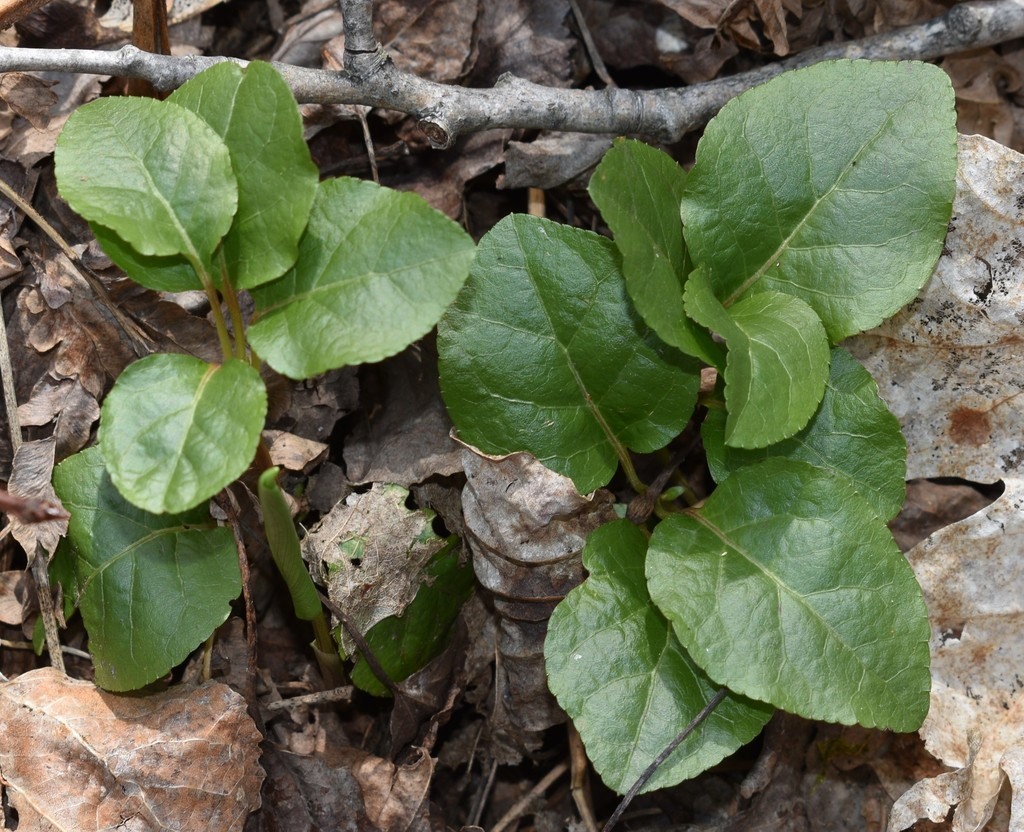
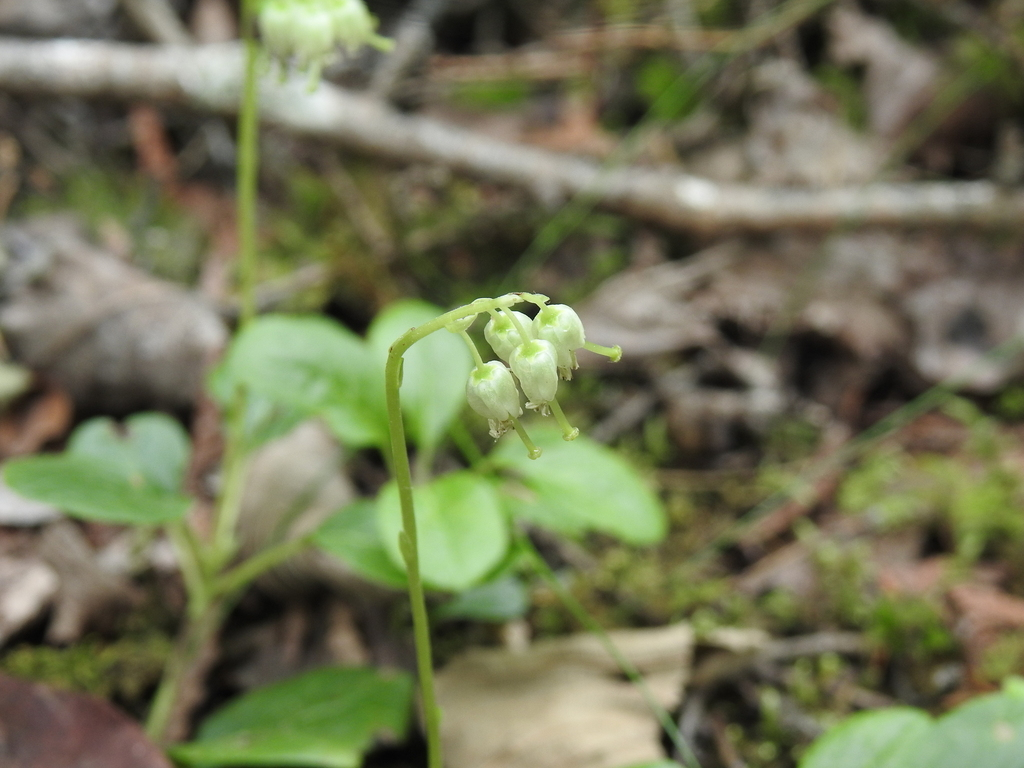
One-flowered Wintergreen (Moneses uniflora)
One-flowered Wintergreen is the smallest of all wintergreens, easily distinguished from other species due to its diminutive height – this species only reaches a maximum height of 15 cm, and most plants are less than 10 cm tall. The leaves are circular in shape. This species prefers mossy areas and poorly-drained wetlands, such as bogs. A single flower is produced in July at the top of the plant.
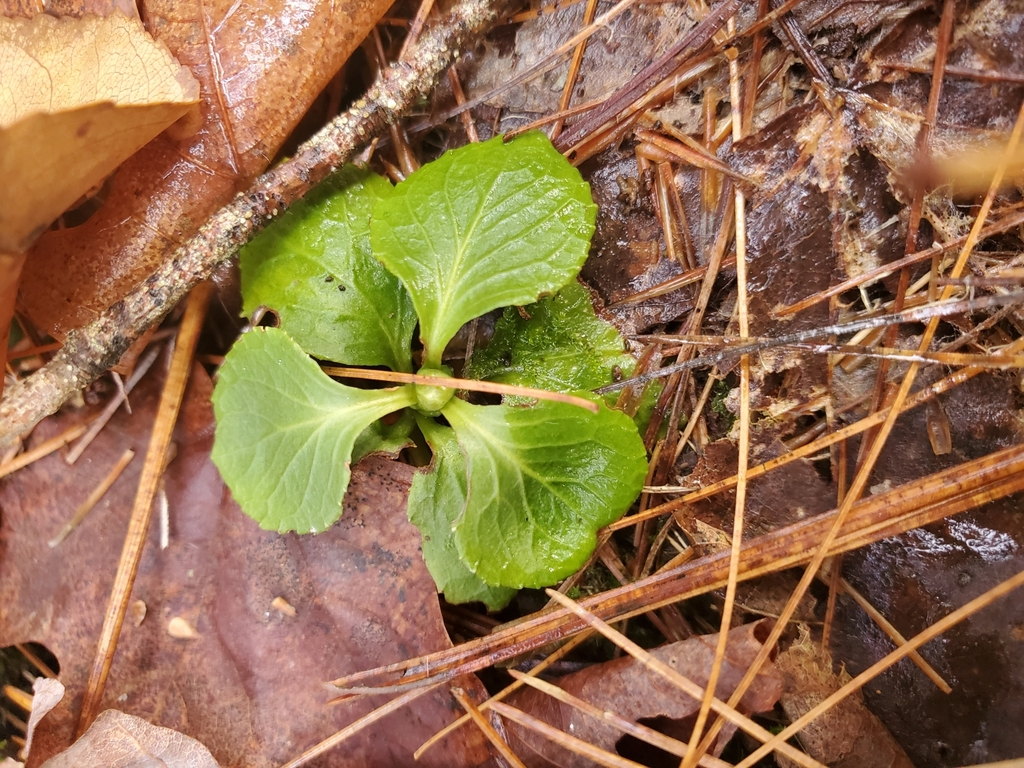
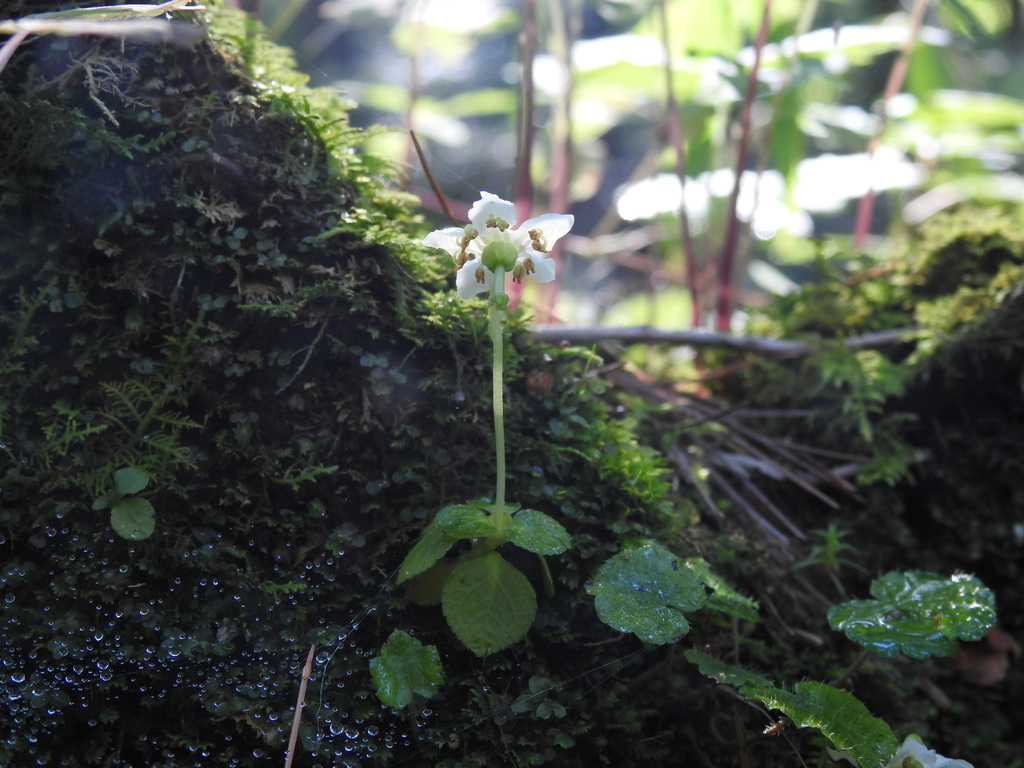
Bearberry / Kinnikinnick (Arctostaphylos uva-ursi)
Bearberry is a common plant in many areas of the Great Lakes region, including Couchiching. Bearberry prefers many of the dry and dry-mesic habitats, including Oak-Pine forests, pine barrens, and coastal dunes. It can occur as far south as Point Pelee (in Lake Erie) in Canada, where some of the southernmost populations are found. Bearberry plants often form large clusters due to rhizomal spreading. The leaves are lance-shaped, typically ~2 cm long and ~1 cm wide. Flowers appear in June, near the tip of each plant. The fruits, which are bright red drupes, ripen by August and often remain on the plant until the winter months. The total plant height of Bearberry is around 15 cm.
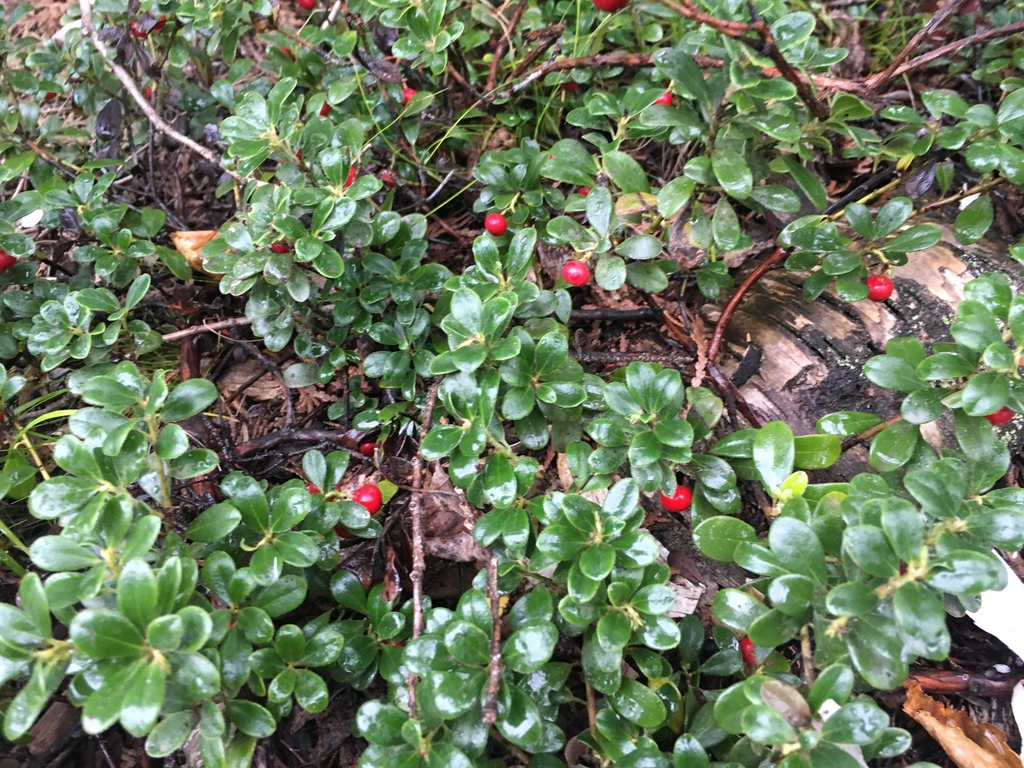
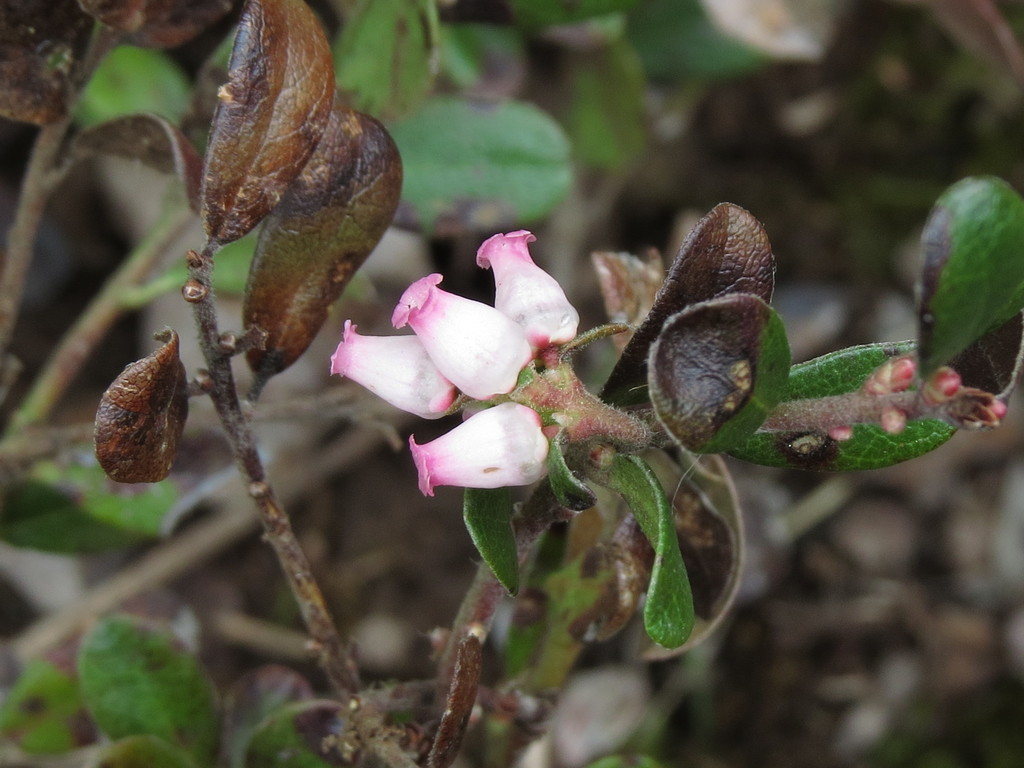
Trailing Arbutus (Epigaea repens)
Trailing Arbutus prefers sandy and rocky habitats both within and south of the Canadian Shield. Trailing Arbutus bears oval-shaped leaves up to 9 cm long and 3 cm wide (substantially larger than other wintergreens and Bearberry). Additionally, the leaves are pubescent (hairy) and have a stiff, leathery texture. The pink flowers of Trailing Arbutus appear in May, in clusters of up to 8 individual flowers, each measuring up to 1 cm across. Trailing Arbutus is strictly a groundcover, often spreading to create large clumps. The total plant height is around 12 cm.
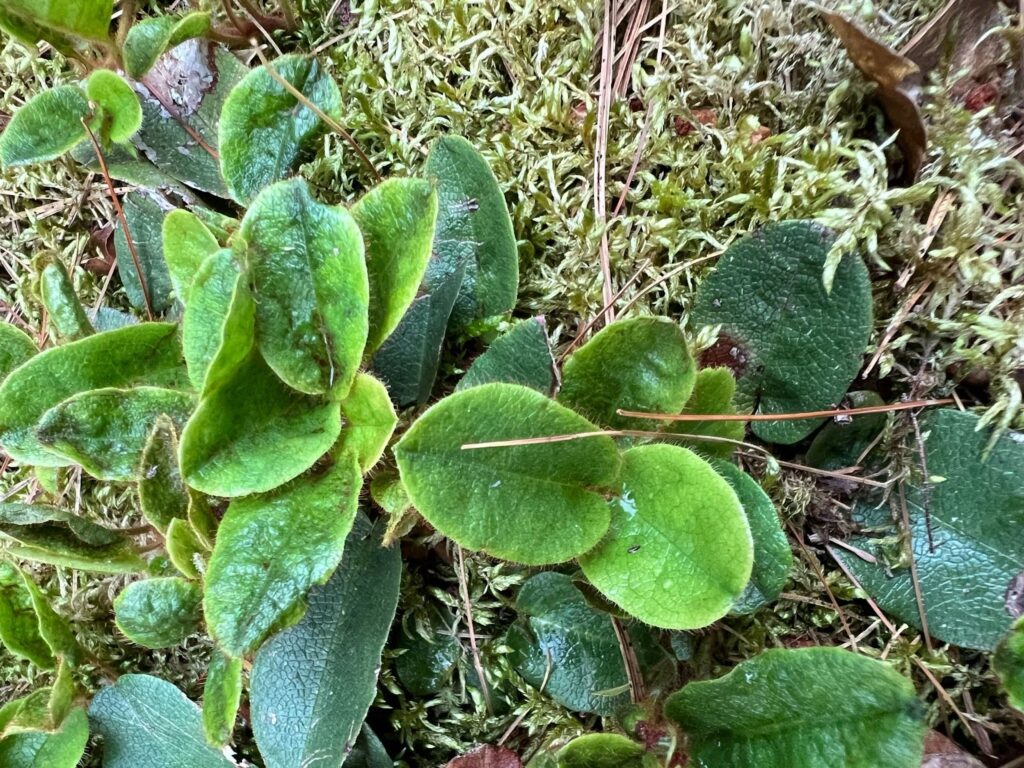
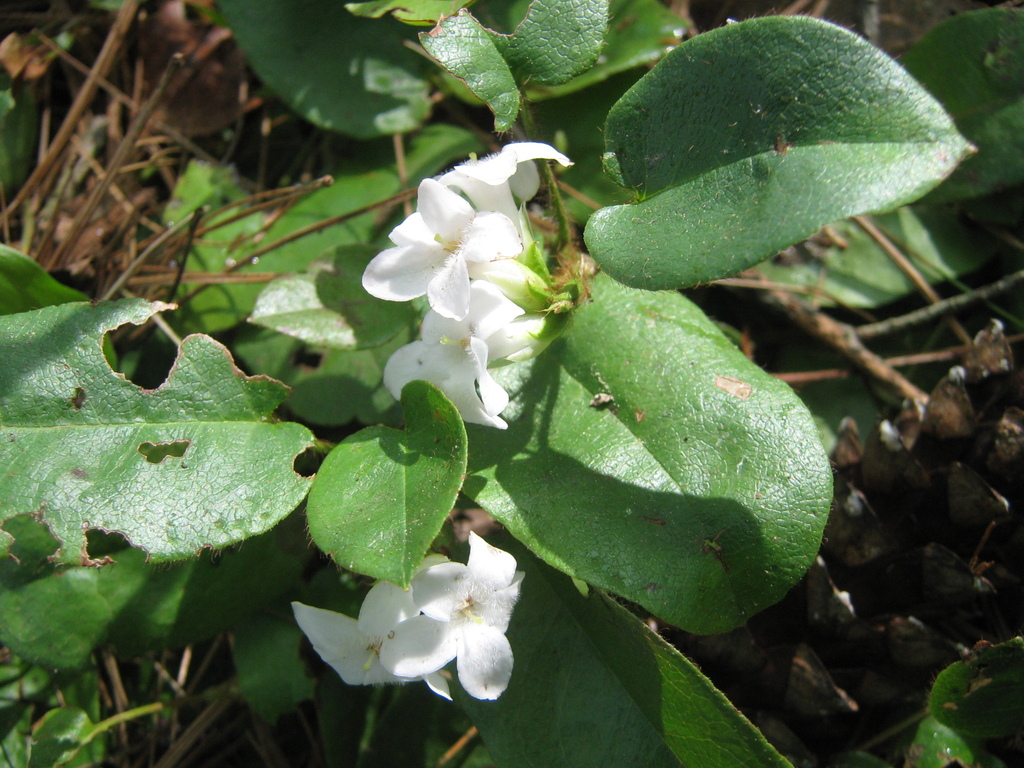
Article by Matthew Palarchio

Matthew Palarchio is currently in his third year of studies at the University of Western Ontario (pursuing an Honours BSc in Environmental Science). Matthew is a dedicated volunteer at several conservation organizations across Ontario, including Thames Talbot Land Trust, Long Point Basin Land Trust, and the Kensington Conservancy. He has previously been involved with Ontario Nature through their youth programme, participating in their Annual Gathering as well as their Youth Summit. Matthew is currently serving as a Director-at-Large with his local Naturalist club – Nature London. Enjoying outdoor activities in all seasons, Matthew is a hiker, skiier, birder and wildlife photographer.

